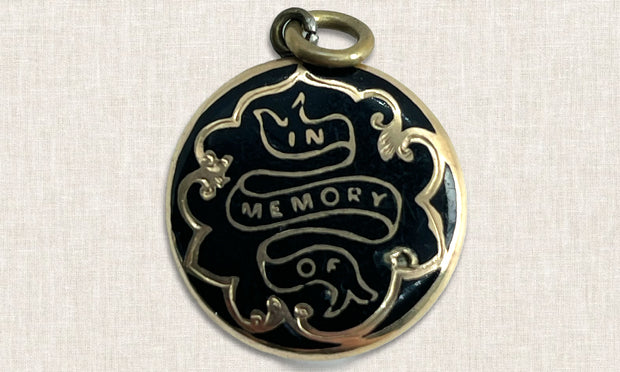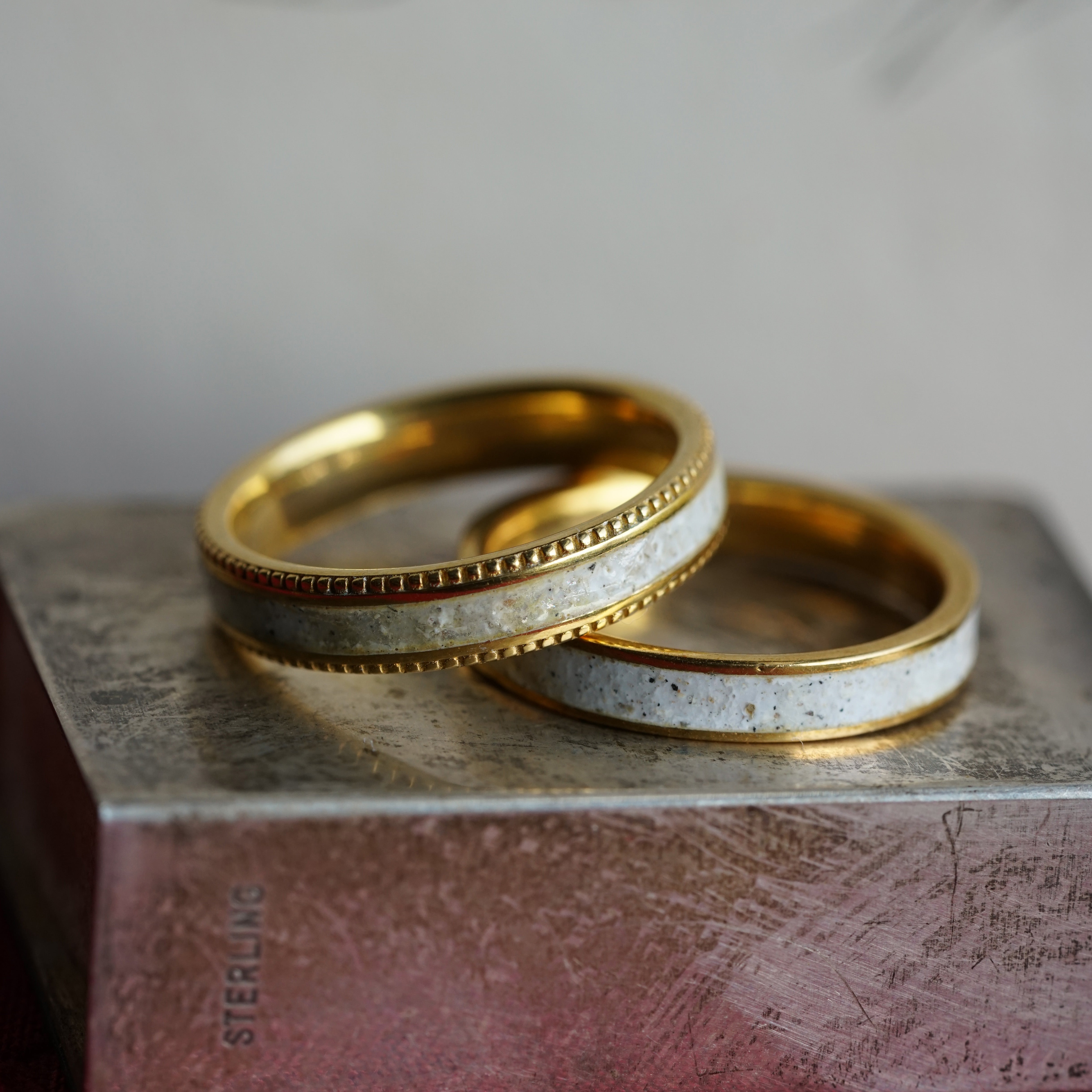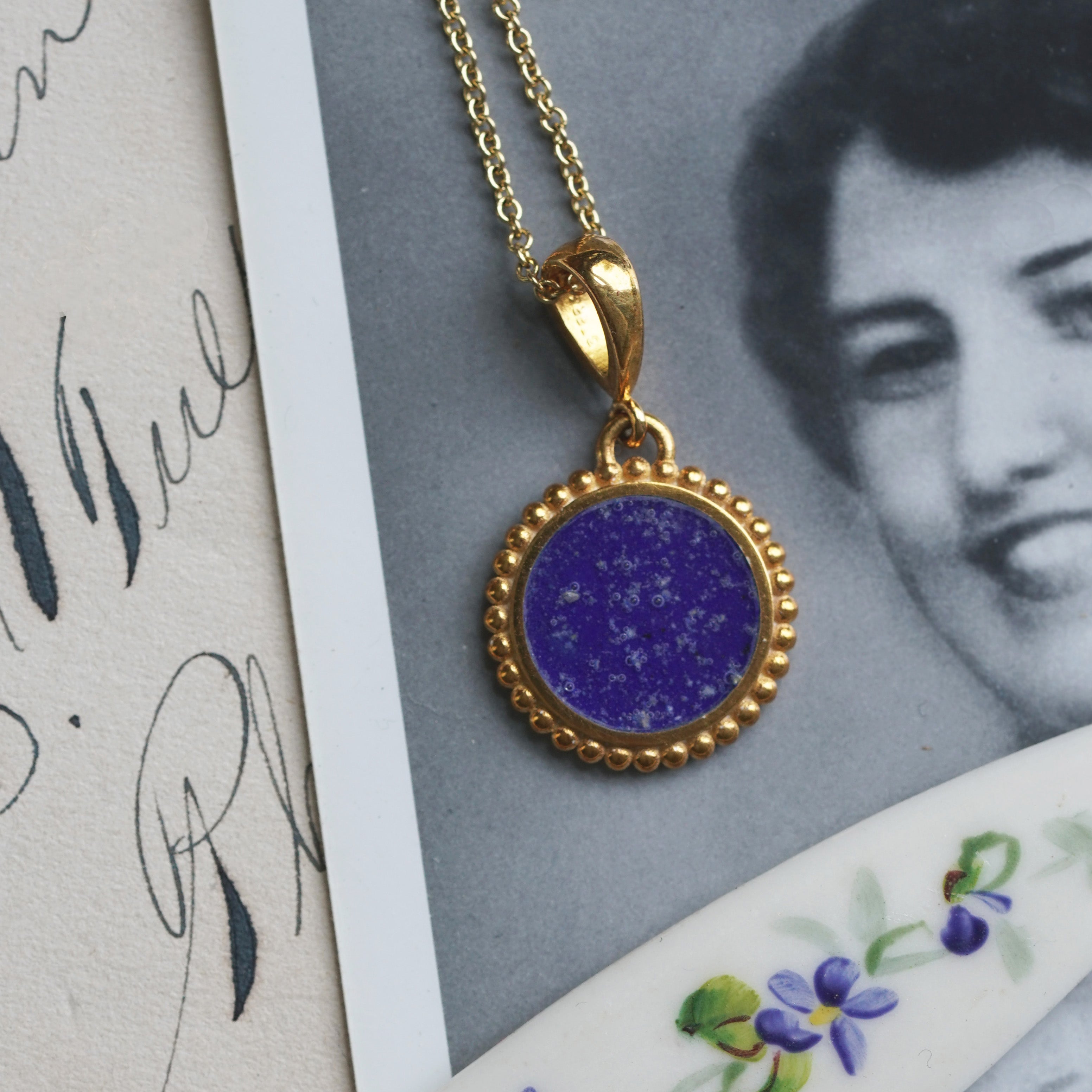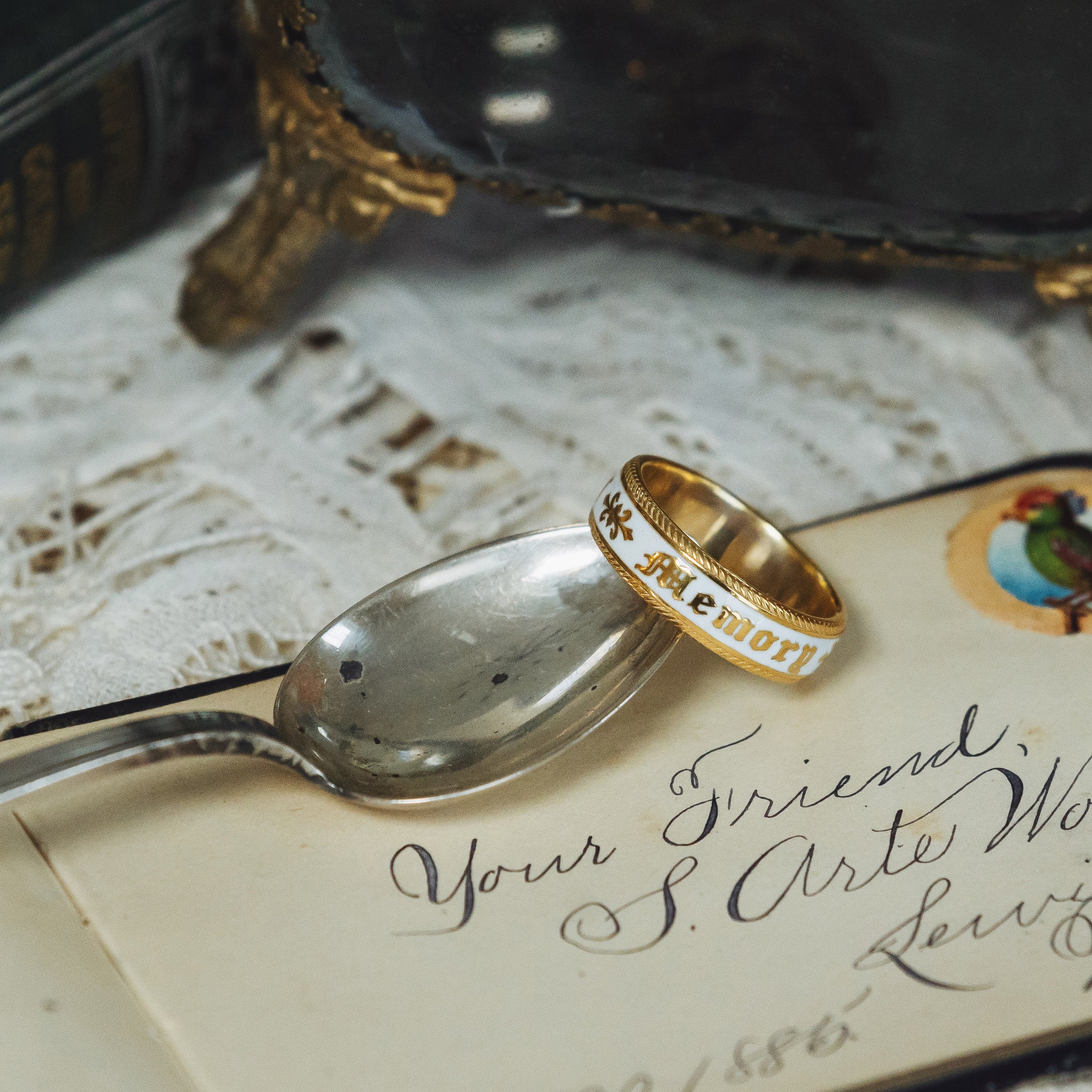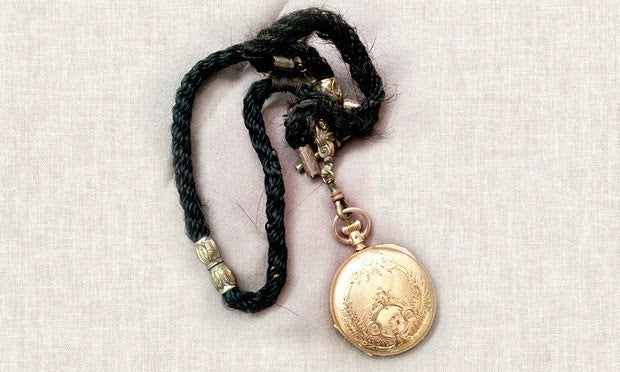
Collector’s Journey: Time for Sentimentality
|
Sentimentality is often seen through the eyes of the obvious; a jewel with a written message of love, the use of a floral motif or the use of a love heart. Time and time again, these messages are enough to identify the jewel, but for the savvy collector, we often look beyond the obvious and discover something new. Timepieces are closely related to memorial and sentimental jewelry. Their ability to show the physical nature of time passing, much the same as the hourglass was depicted in 17th/early 18th century mourning jewelry reminds the wearer of how important time is. Physically, they are a connection to the wearer, being one of the most important accessories in a lady's or gentleman's accoutrement. Their design was chosen for a reason, the sentimental designs of the case can either show the difference between a functional and utilitarian timepiece, or an ornate and fashionable one. This speaks to the wearer and the nature of their daily life. Often these were given as sentimental tokens of love between family members and quite often they have engravings to show this. Dedications from a wife to a husband or a child to a father are interesting facets of the watch, which relate very closely to a collector's jewels.
Because they are functional tools of daily use, watches make for excellent keepsakes, with many being handed down through family lineages today. Indeed, these may even be the most consistent form of memorial jewelry, as a grandfather's watch is still a functional item in a person's lifestyle today. Due to many of the popular manufacturers since the 19th century still remaining today, these watches range from highly collectable, to cheap and accessible. American watch makers, Waltham and Elgin, produced many ornate and affordable pocket watches during the latter half of the 19th century and these are good places to start for sentimental watch collecting, as the families could afford to buy and gift these pocket watches. For those in England or the former colonies, a brand such as Rotherhams, dating back to 1750, is another good brand to begin collecting. Bloomingdale's catalogue 1886 Pocket watches in these brands can be found in the full-hunter (closed case), half/demi-hunter (closed case with a glass compartment to read the time) and open face (fully exposed face with no case closure). Connecting Time to Mourning and Sentimentality Clocks and watches are a fascinating aspect of modern daily fashion that has shaped our lives. Since the 16th century when 'clock watches' were worn around the neck, to the 17th century, when they moved into pockets, the use of the watch became essential part of daily organization. As a form of functional jewelry, these are still essential parts of daily life and even today with modern digital watches, customization and tailoring for sentimental purposes is still an accepted part of culture.
Because of the peripherals that watches can accommodate for, they are the cornerstone of sentimental customization. Particularly in the 19th century, when sentimental tokens were an expected part of daily wear, the attachment to a pocket watch in the form of a fob chain could be customized for loved ones.
From a chatelaine to an Albert, chains held multiple devices for daily use between men and women. Pencils, keys, flower containers, compasses, charms, and a plethora of accessories were designed to clip onto a watch chain and make it the most usable part of daily fashion for the wearer.
Waistcoats for men were customized during this time to hold a series of different items for the gentleman, as multiple pockets and buttonholes in lapels held these objects.
For the collector, the most important aspect of these would be the chain itself, which were often made from human hair. Loved ones' hair was given to the hair artist for them to transform into a watch chain for sentimentality. Hair is a very strong and malleable material, making it perfect for the loving sensibility of the time, as well as the functional purpose of using a watch on a regular basis. Illustrated Sydney News and New South Wales Agriculturalist and Grazier (NSW : 1872 - 1881) View title info Fri 29 Aug 1873, Page 2 Hair chains are often the easiest and most cost effective way of entering the sentimental/mourning collecting market without having to question the nature of the object. Connected to watches, these are even more important, as their usage with the pocket watch makes their value far more important. Thankfully, many of these chains still exist in high quantities and don't command a great deal of cost. Mark Campbell, Self-Instructor in the Art of Hair Work / Dressing Hair, Making Curls, Switches, Braids, and Hair Jewelry of Every Description. 1867. Hair artists of the latter 19th century profited from the popularity of usable hair chains, such as Mark Campbell, whose Self-Instructor in the Art of Hair Work book served to advertise his work, as well as instructing the Victorian artist to make theirs at home. Watch keys are also another aspect of collecting that is overlooked. These are functional parts of a pocket watch that are required. Different gauges of key suit different manufacturer's watches, however, there were bespoke ones made during the 18th and 19th centuries. Dutch gold watch key, set with two decorative hair panels, hinged top and bottom. Carter's Antiques As seen in this watch key from Carter's Antiques, there are panels made from hair and glued to represent flowers. This dates from 1862, and while decorative, it is still a very functional part of a person's daily lifestyle. Watch keys were made with woven hair in compartments throughout the 19th century, but they were not part of regular mourning jewelry or what was required for mourning or sentimental practice. Between the design, inscriptions of a 19th century pocket watch, the chain that went with it and the possibility of a sentimental key, there are many aspects of a pocket watch for you to collect. Beyond the inscription, why can the itself pocket watch be worth collecting? Because it can embody the entire design of sentimentality, such as this: *Art of Mourning is an historical dissertation series based on memorial, mourning, sentimental jewels, and art in history. Created and written by Hayden Peters for over 17 years, Art of Mourning has been featured in museum installations, published journals, articles, and books, as well as television. Learn more about Georgian mourning jewels at www.artofmourning.com https://www.instagram.com/artofmourning/ https://www.patreon.com/artofmourning/posts
|

